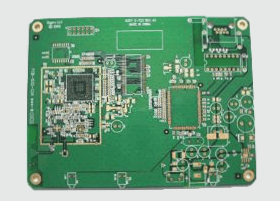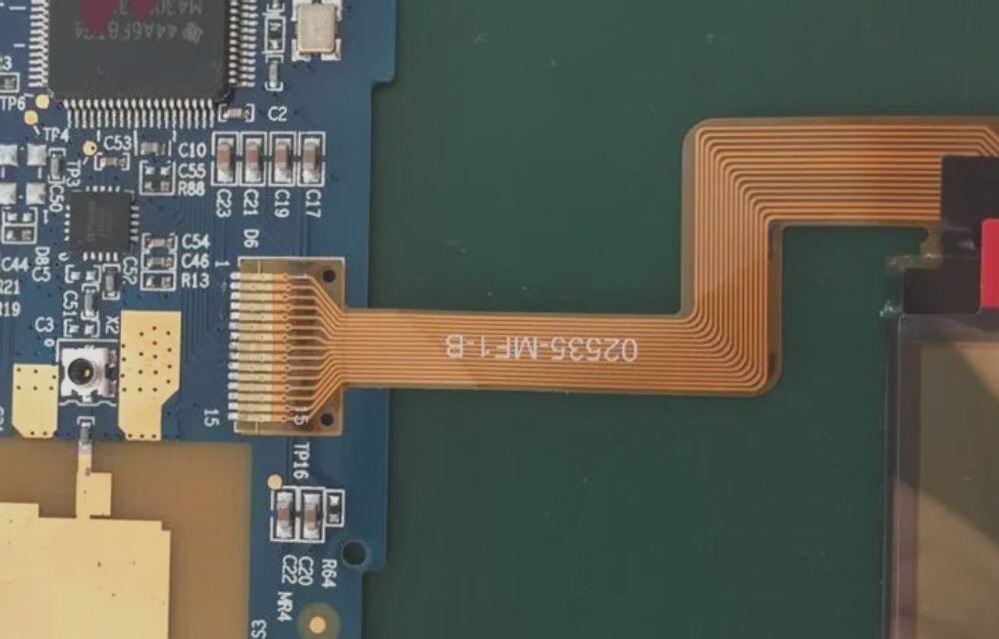Strategies for Optimizing PCB Design
Copper-filled vias enhance PCB performance by improving thermal and electrical conductivity, making them ideal for high-power and high-frequency applications, despite their higher manufacturing cost compared to copper-plated vias.









